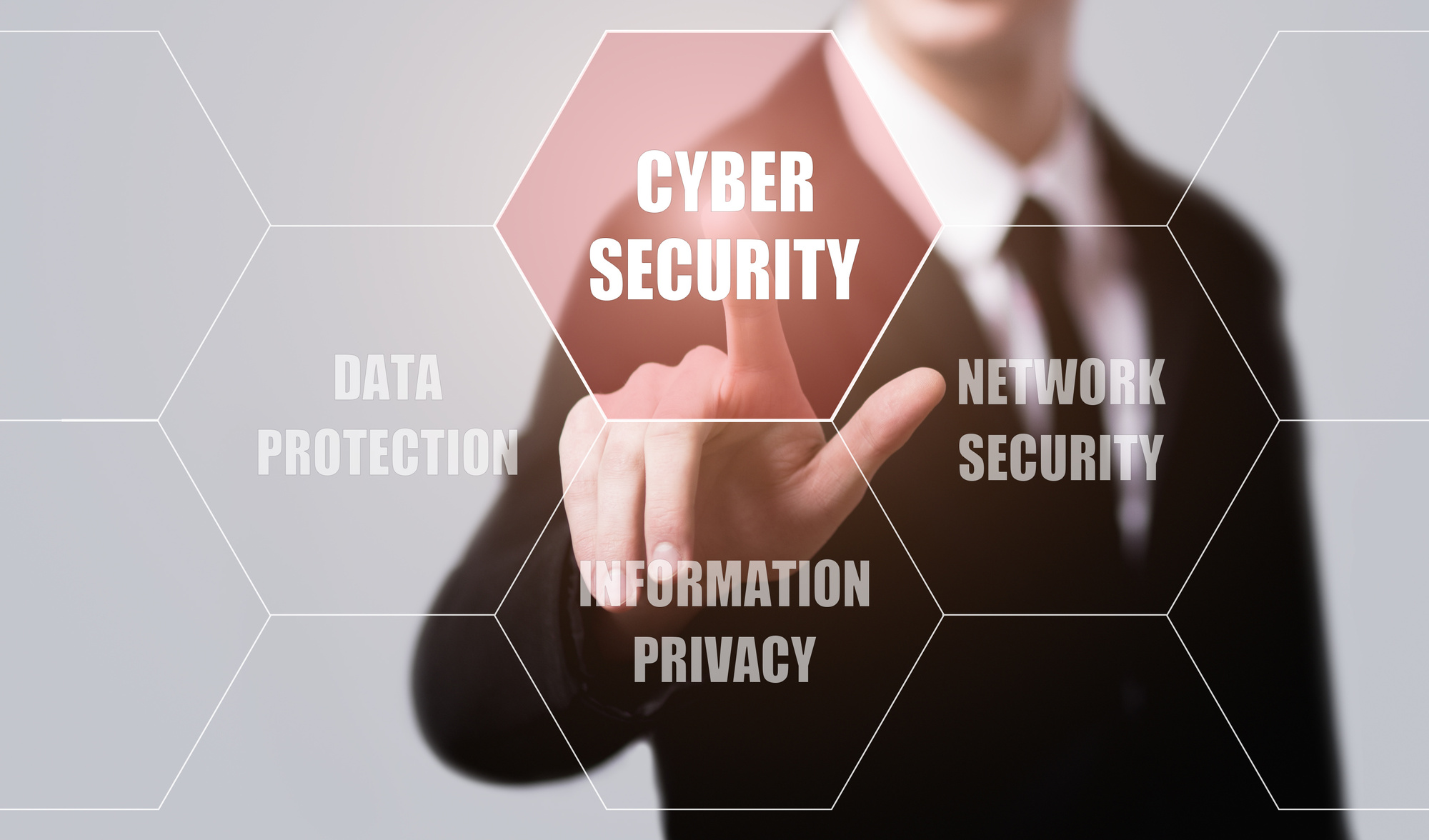Let’s take a moment to relive all the excitement that comes with starting a small to medium-sized business. You have to create a company name, design a logo, polish your products, and market ’til you drop. It’s an exhilarating time, watching something you created take shape.
But, somewhere in the midst of all your thrills, you have to consider IT security best practices. Once you start managing sensitive data, you’ll want to guard it like a fierce watchdog. (No customer wants to offer up their personal information to a company that can’t safeguard it.)
The following practices begin with something truly simple – passwords – and end with slightly more complex steps. Alas, there’s nothing in this list you can’t accomplish with your own two hands! So, let’s roll up our sleeves, and get cyber-savvy.
1. Strong Passwords
Would you believe passwords are one of the most important (and overlooked) security best practices? Employees are still not using strong passwords for all their secure accounts. Hackers are able to access unauthorized accounts due to easily-breached passwords. Often, they’re either too weak, lost, or stolen.
It may seem like a pain, but it’s very important to change your passwords every 30 to 60 days. Even in the midst of finding this to be a cumbersome process, try to avoid using common words and phrases.
Instead, opt for acronyms or phrases. For example, instead of using your dog, Max’s, name, you can work with the phrase, “I love Max’s new bandana,” turning it into IlMnb100%. Now, you’ve got a nice mix of upper and lowercase letters, numbers, and special characters.
2. Multifactor Identification
While we’re on the subject of cybersecurity best practices that are easy to manage, let’s discuss another layer of security. Implementing a multifactor identification setting is a simple process that can deter cybercriminals.
Requiring an additional code upon login requires you (or your employees) to pick up your phone and type in a couple of digits or open your email and copy and paste a code.
It’s that simple yet often enough to deter a lot of criminals. Assuming they don’t have access to your phone or email account, it’s difficult for them to nab that required code and access sensitive data.
3. Updates and Patches
If you run your shop through an iPad or tablet, then this one’s for you. Your operating system will often push through new updates and patches and it’s important not to overlook these updates. This is, easily, one of the most important cybersecurity best practices.
Updates and patches often come about because a bug has been detected in the system or a new security threat has been identified. If you allow Apple to update your current operating system, then you’re going to stay up to date with new system requirements that will enhance the safety of your customers’ sensitive information.
4. Device Deployment
Most of our devices come recommendations from the manufacturer on how it should be used. If you’ve ever heard the term “configuration,” you’re probably dealt with device deployment in some capacity.
When a new laptop or smartphone is issued to an employee, for example, it can be set up with only the software that’s required to complete their daily tasks. It should also be deployed, or handed out, with tight security policies, thus securing your data network.
5. Secure Ecosystem
This is where intelligent IT management comes into play. Consider this; all the devices within your small business are linked to the same network. Employees are all accessing the same software programs and drives.
That means your network needs to be protected with firewalls and all your software programs need to be up to date (again, referencing updates and patches). This also means that, as times goes by, it’s important to switch out old devices and software programs that are no longer supported by today’s security measures.
6. Enable a Firewall
A firewall can best be described as the wall that extinguishes company fires before they happen. A firewall oversees incoming and outgoing Internet traffic, acting as a barrier between your trusted devices and the dangerous Internet.
Needless to say, this enhances IT security for small businesses. Then, once your firewall is up and running, it’s also wise to implement some sort of adware to ward off phishing and other scams.
7. Back Up Data
As a business owner, you have certain regular practices. For example, you’ll be in charge of payroll on a regular basis and certain marketing practices. Another thing you need to do on a regular basis is back up all your data.
This includes Word documents, Excel spreadsheets, HR files, finance files, and everything stored in the cloud. You can never be too diligent about this regular “to-do” item. This simple (yet tedious) act can save your business from a major loss that would be difficult for you to recover from.
IT Security Best Practices for You
And there you have it! These IT security best practices are relevant for every type of small to medium-sized business. Whether it’s just you, or you and a small team of people, try to get in the habit of refining each of these practices.
Cycling through passwords, backing up data, and running an impromptu virus scan can save you massive amounts of heartache down the line. And, as you’re beefing up your tech skills, we hope you’ll continue to come on over and visit us here at Tech Stuffed.
Our site is constantly being updated with new tech reviews and tech tips to help you launch the (secure) business of your dreams. Technology can be fun and we’re here to prove it. We look forward to seeing you again!
